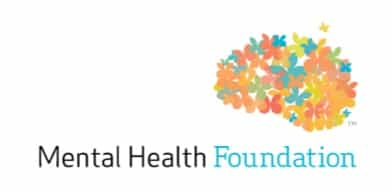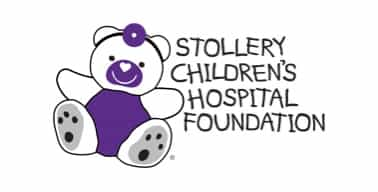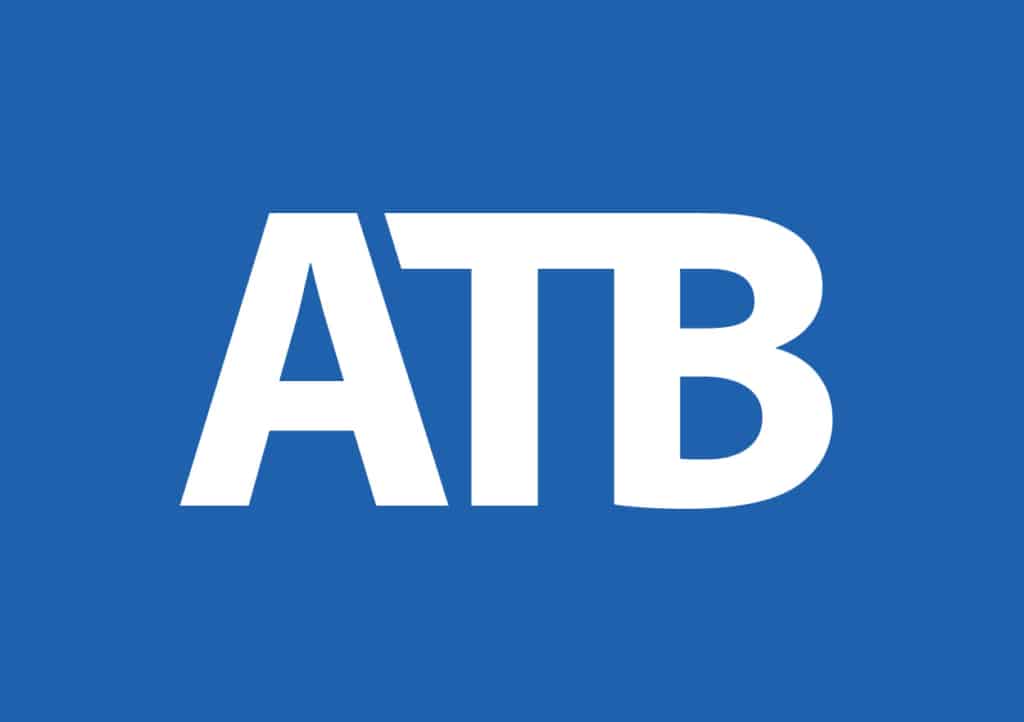There’s a lot of talk and emerging studies around how harmful social media can be for our mental health. It’s true – we can overuse social media to the point of negatively impacting our lives. That being said, there are a lot of positive ways that social media use can help us, and there are certain ways to control our online activity so that it doesn’t control us.
The Social Dilemma is an investigative documentary with expert testimonials from social media experts. The film highlights how technology embedded within social media platforms is designed, built and rapidly evolving to target your attention. Programming builds on your interests and then feeds you more and more of the same. We have all experienced what happens when we search for a pair of shoes online – suddenly our feed is full of shoe ads! Take the time to find out why.
You can watch the trailer for this documentary here: The Social Dilemma Official Trailer
Social Media Considerations
Below are some considerations to keep in mind when deciding how you want to use social media.
Negative Social Comparison
Constantly comparing ourselves to others can harm our self-esteem. It is important to remember that a lot of people only post on social media when wonderful things happen to them. Most of what is posted is carefully reviewed to be sure that it seems like their life is all wonderful. There are accounts that are almost completely staged pictures, robots or automated accounts, and many accounts are designed to make money. Even the youngest social media user is aware of how to edit pictures, backgrounds and use filters and other methods of modifying posts until the reality is almost lost. Be sure to remember these facts so that we don’t end up comparing our realities to other’s highlight reels and fall into the trap of thinking negative things about ourselves.
Harmful Marketing Content By Companies and Influencers
The history of advertising shows an entire industry built on making the consumer feel insecure so they will purchase certain companies’ products. Social media and digital marketing inherit this history, sometimes partnering with influencers to use their platform to sell products. The companies are most interested in making money and they may not be as concerned as they could be about harmful messages or negative consequences for individuals. There is often concern over influencers who advertise potentially harmful products like “diet teas”.
See here to read more about body image, and here to learn more about disordered eating.
Bullying and Harassment
Unfortunately, bullying is not unique to social media platforms. However, bullying using social media can cause the issue to become more harmful than ever before. Cyberbullying victims often don’t know the identity of their bully or why they are being targeted. Unlike face-to-face bullying, cyberbullying can be relentless. It can reach a victim anywhere at anytime: alone in their bedroom, walking home from school, or even on a family vacation.
Because it can spread quickly, to a wide audience, it may be surprising to learn that most youths have been involved in some way or other, either as a target, as a bully, as a silent observer, or as someone who participates on the sidelines and becomes part of the problem without realizing what they’re doing.
As well, bullies may not witness first-hand the pain they’re causing or experience any consequences to their behavior, making it easier for them to continue and even increase the intensity of their attacks.
Information Overload/Overstimulation
Overstimulation, in relation to social media and mental health, is still being researched. Many of us have experienced this and have taken to “social media breaks” or “social media detox.” We temporarily leave the platform and give our overburdened brains some time to process the information we saw online.
Social media often expects an immediate response to what can be emotionally charged interactions and complex social situations. This can lead to a feeling that we must make decisions without thinking about them, without gathering all the information that we might need and without fully exploring the options and potential consequences. The development of important skills that we might need later in life such as identifying and tolerating unpleasant emotions, problem-solving, and impulse control may be impacted.
Screens
Screens are also a huge factor in overstimulation. Too much screen time without a plan to take care of our eye health can result in eye strain. Screens also impact our sleep. Anxiety or envy from what we see on social media, as well as the light from our devices, can keep us up at night. This suppresses the release of melatonin, the hormone that helps us feel tired. Sleep is super important for both our mental and physical health. Check out this article from the Sleep Foundation on screen time and how it may cause insomnia in teens.
Social media platforms have taken some actions to address these negative impacts, but considering the negative effects reported in several studies on youth mental health, there’s still much that can be done. After a study cited Instagram as “the worst platform for mental health”, they built a wellness team to try and make it safer. This includes blurring images sent from people who don’t follow us or whom we don’t follow, introducing support links when users search for terms related to mental health, and removing public “like” counts from posts in a trial aimed at preventing negative social comparison.
Facebook also developed and piloted a therapy chatbot called WoeBot. It was shown to reduce levels of depression and anxiety in people aged 18-28. Despite this, further advocacy is required to put pressure on these corporations and find solutions. For example, the non-profit organization Centre for Humane Technology works with programmers and the tech industry to develop products designed to make better use of our time.
There are ways we can make our social media experience as positive and safe as possible. More has to be done by social media corporations, but we also have control by changing the way we use social media.
Social media is designed to be addictive, like alcohol or cigarettes. Researchers examined how social media use affects the brain and found that the “reward centre” of the brain was more activated after receiving likes and other positive social media feedback. As is the case with alcohol and other substances, excessive social media use is harmful and could lead to worsening health problems down the road. Some people choose to not use social media entirely, just like they might choose not to use substances.
If we continue to choose to use social media, we need to be aware of the risks behind this option and determine what our own responsible use looks like and how we will respect our personal limits. Just as people choose to use substances in moderation, it is important that we do the same with social media. Determine what moderate looks like for you, educate yourself about the good and bad of different social media platforms, have a plan to decrease the inherent risks, and know what it looks like when we have hit our limit.
Social Media Strategies
Social media is a common part of day-to-day life. Rather than avoiding it altogether, there may be some ways to use social media in a positive way.
Set Intentions.
Understand why you like using social media in the first place, then use social media for that purpose. Is it for social connection, sharing your passions, or staying updated on issues and people you care about? Do you use social media for advocacy or to access learning opportunities? Keeping these intentions in mind and seeking out those spaces can keep your experiences positive.
Curate Your Feed.
Another tool you can use to prevent feeling overwhelmed is by curating your feed. This can look different for each of us. You may wish to go through your “Following” list and unfollow profiles whose content makes you feel bad about yourself. If it’s someone that you “can’t” unfollow for any reason (maybe they are a family member, co-worker, or someone you still hang out with from time to time) — use the mute button. That way, you don’t have to see their content on your feed but don’t have to unfollow them. If later on their content is no longer upsetting or triggering to you, you can always unmute them.
Utilize post notifications for certain people, like family, friends or content creators you like. You can also maintain separate social media accounts. Many young people have a “main” account for professional posts and a private account to share memes or personal memories with friends.
Social Media “Detox”.
Deleting apps for a few days, or even a few hours, can take some stress off of you and allow you to look at the world through your own eyes instead of filters. However, if you work in social media or need the messaging functions to stay in touch with important people, it might be unrealistic to delete networking apps from your phone. If this is the case, work on limiting your social media stimulation.
Try checking social media when you are relaxed, compared to going on social media when you’re feeling anxious. Know your limits and know what it looks like when you need a social media break.
Post About Life, Rather Than Living to Post.
Social media is a wonderful way to express your creativity and celebrate yourself. It’s also a great way to remember happy memories like graduation day, weddings, time with friends, or memorable trips. Studies show that using social media to present yourself authentically is associated with well-being.
However, when you carefully curate your social media so that it seems your life is completely perfect, this can be harmful. When you make plans around your posting schedule, rather than the things you want to experience or the people you plan to meet, it gives social media more control over your life than it deserves.
Use Privacy Settings and the Block/Report/Mute Buttons Liberally.
Cyberbullying and harassment are very real, and though there is more that social media corporations can do to protect their users, there are some measures that you can take. You can always use the block and report buttons on anyone who is harassing us online. You may consider taking screenshots of the offensive content in case we want to take further action. Finally, you can use privacy settings and private accounts to control who sees your profiles and the posts that you share. Don’t feel silly about using them; they are there to protect you!
Search, Don’t Click.
Searching for information or certain posts on our feed is a great way to maintain some control over the constant advertising and content suggestions put in front of us. Although this search information will still be collected and used by the social media platform, we can maintain a much higher degree of awareness and control. We may not realize it, but clicking on suggestions is a way for us to give up our control and respond to the programming designed to capture our attention.
Social networking platforms are a new form of communication and society is still learning how to adapt, so don’t feel bad if you’ve realized you have some re-calibrating to do when it comes to how you use social media. You’re constantly changing and the way you take care of yourself online is changing too.
Check out this page for more information on free youth mental health services that you or a loved one can access through our virtual clinic, Kickstand Connect.
Sources:
Social Comparison and Facebook: Feedback, Positivity, and Opportunities for Comparison (fb.com)
What is cyberbullying? (publicsafety.gc.ca)
Smartphones, social media use and youth mental health (cmaj.ca)



